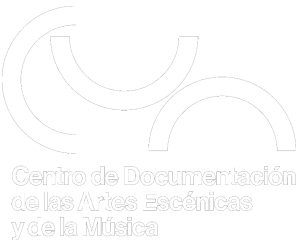Arranging music for the liturgy: contrafacts and opera sources from New Spain / Drew Edward Davies
Tipo de material: ArtículoDetalles de publicación: London; Oxford: Oxford University Press, 2019Descripción: páginasTipo de contenido:
ArtículoDetalles de publicación: London; Oxford: Oxford University Press, 2019Descripción: páginasTipo de contenido: - Texto (visual)
- sin mediación
Mexican cathedral archives preserve a large repertory of contrafacts from the 18th and early 19th centuries. Such arrangements may underscore the difficulties of producing music in a colonial context at a geographical periphery, but they also reveal an artful practice of musical adaptation. This article considers examples of two types of New Spanish contrafacts-liturgical arrangements of excerpts from Italian opera seria, and multipurpose pieces originally composed to acommodate multiple liturgical texts-in order to understand better the processes involved in repertory expansion. It argues that, far from being hap-hazard emendations to music manuscripts, contrafacts can show remarkable expressive continuity with their models and preserve or transform affective literary material. As such, music by composers such as Hasse, Galuppi, Sacchini, Haydn and others could be heard in New Spain under liturgical guise. Furthermore, local composers could efficiently create large, appropiate repertories for varied feast days by writing multipurpose music in a sober style that is preserved in complex, rubric-laden manuscripts.
No hay comentarios en este titulo.

